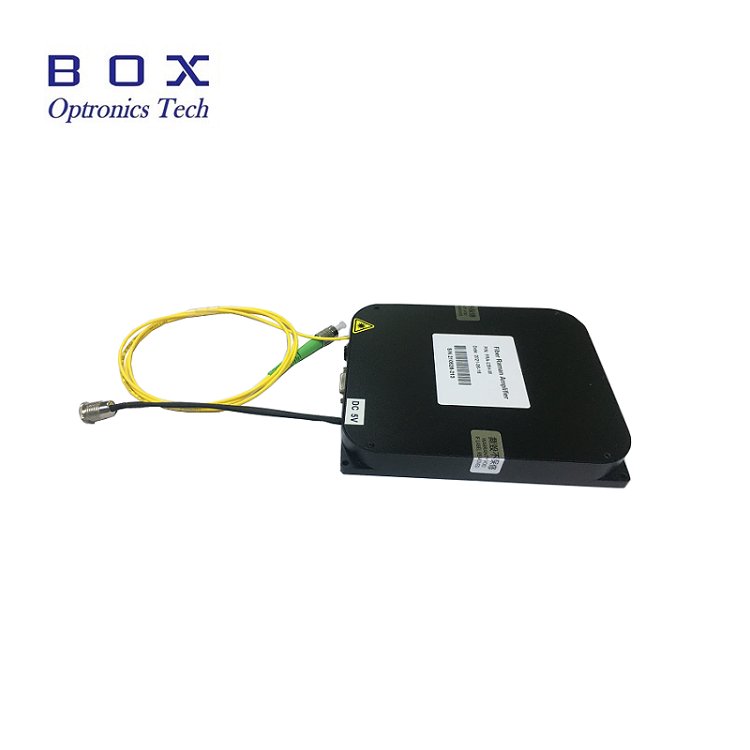The instruction of Fiber Optic Modules
2025-05-08
Fiber optic modules, also known as optical transceivers or fiber optic transceivers, are essential components in fiber optic communication systems. They convert electrical signals to optical signals and vice versa, allowing high-speed data transmission over fiber optic cables.
Here’s a general instruction guide for understanding and installing fiber optic modules:
1. Types of Fiber Optic Modules
Fiber optic modules vary by form factor, speed, and supported distance. Common types include:
SFP (Small Form-factor Pluggable) – up to 1 Gbps
SFP+ – up to 10 Gbps
QSFP (Quad Small Form-factor Pluggable) – 40 Gbps or more
QSFP+ / QSFP28 – 40/100 Gbps
CFP / CFP2 / CFP4 – typically for 100 Gbps or higher
2. Key Specifications
Data Rate: Match the port speed (e.g., 1G, 10G, 40G)
Transmission Distance: From a few meters to 100+ km
Wavelength: Common ones are 850nm, 1310nm, and 1550nm
Connector Type: LC, SC, MPO, etc.
Fiber Type: Single-mode (SMF) or multimode (MMF)
3. Installation Instructions
A. Safety First
Never look directly into a fiber optic port — laser can damage your eyes.
Wear ESD protection to avoid damaging the module.
B. Module Insertion
Check compatibility with your network switch or device.
Remove the dust plug from the module and from the port.
Insert the module gently into the appropriate port until it clicks.
If needed, connect the fiber optic cable to the module (match the connector type).
C. Cable Connection
Inspect and clean fiber optic connectors before connecting.
Align the cable properly and insert it into the transceiver module.
Avoid bending or tightly looping the cable to prevent signal loss.
4. Testing and Monitoring
Use built-in switch diagnostics or network management tools to verify link status.
Use an optical power meter or light source for detailed testing.

5. Maintenance Tips
Always use dust caps when modules are not in use.
Periodically inspect and clean connectors.
Keep the module firmware updated if applicable.
6. Removal
Disconnect the fiber optic cable gently.
Release the locking latch or tab (pull latch or use ejector handle).
Gently pull the module straight out of the port.
If you are interested in our products or have any questions, please feel free to contact us and we will reply you within 24 hours.


